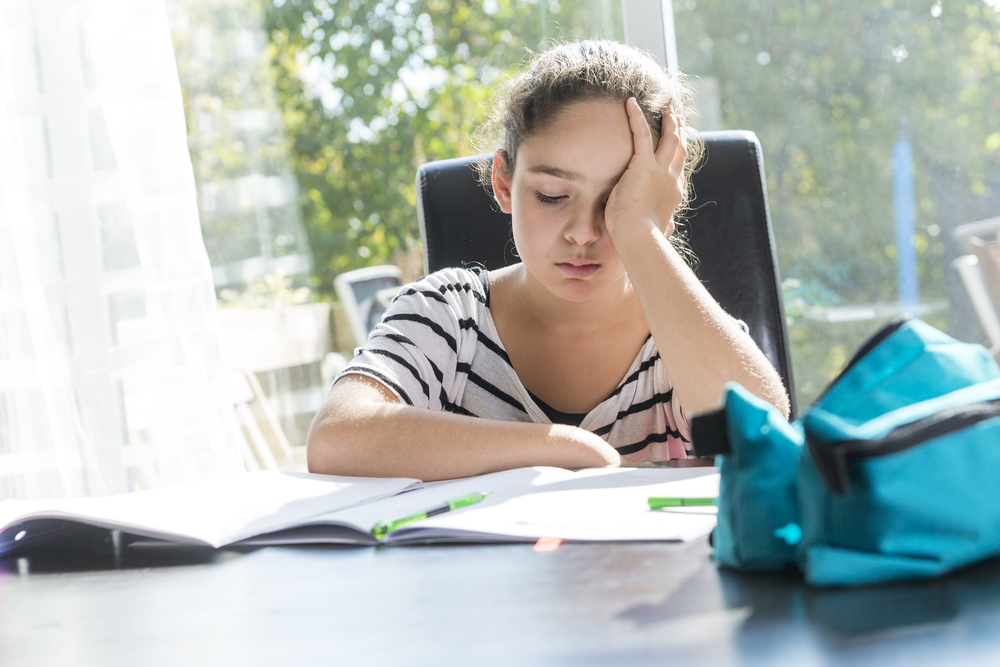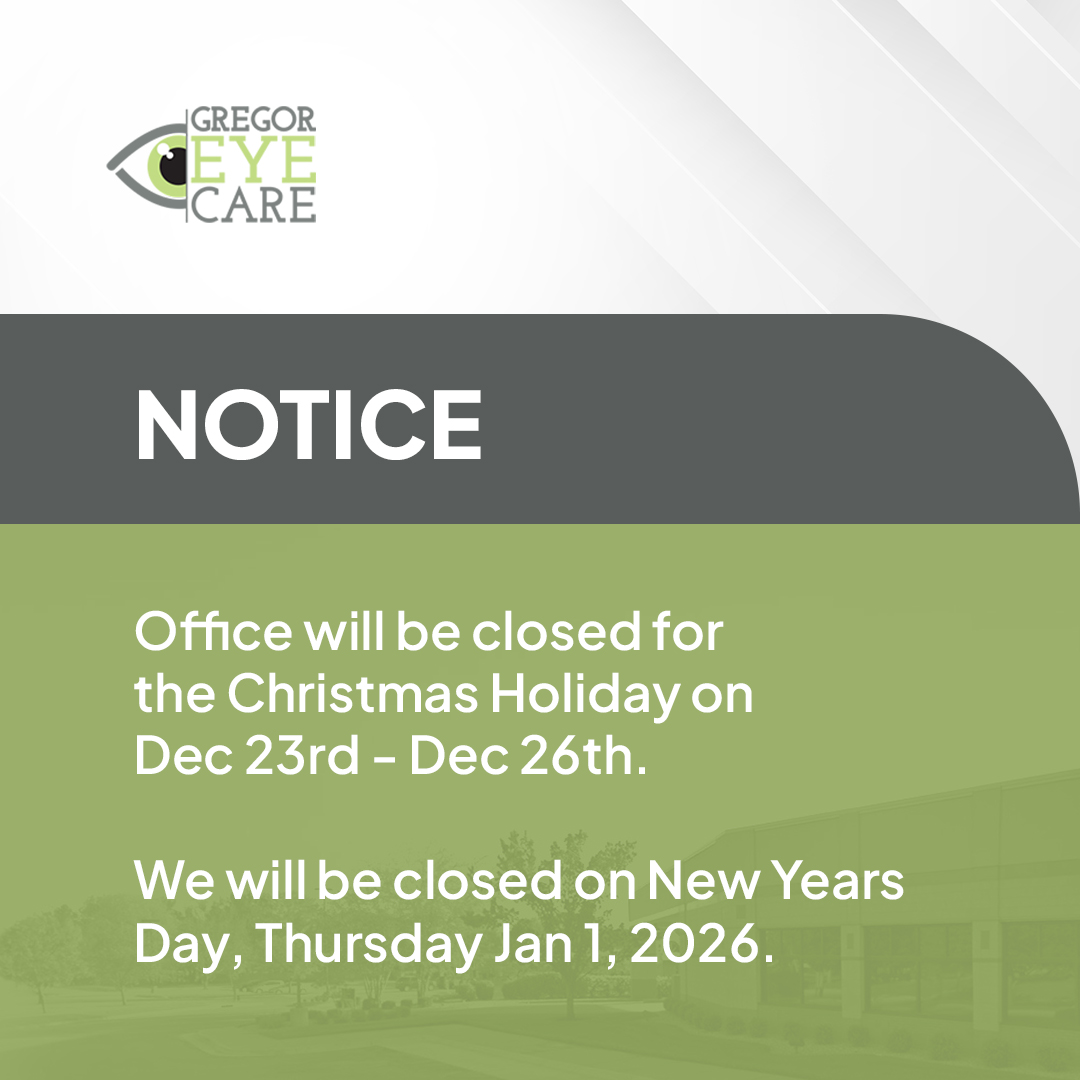
Myopia, also called nearsightedness, is a refractive error that causes an individual to see distant objects as blurry and those nearby clear. It is more common in children and can significantly impact the quality of their life and school performance if untreated.
For this reason, parents should be aware of the signs of nearsightedness in their children to seek prompt intervention to slow the myopia progression.
Blinking or Squinting
Children with nearsightedness often blink or squint to see at a distance better. Their eyes work harder to focus on faraway objects. Thus, your child may have nearsightedness if you notice that they blink or squint frequently when looking at things like whiteboards, road signs, or the TV. Take them to an eye doctor to help diagnose if they have the problem to help slow its progression.
Frequent Eye Rubbing
Your child may have nearsightedness if you notice them rubbing their eyes frequently. They do so because the strain of focusing on distant objects irritates and dries their eyes. They get temporary relief from this discomfort by rubbing their eyes.
Your child may need to see an eye doctor for a myopia diagnosis if you notice that they often rub their eyes, especially after trying to see things at a distance.
Sitting Too Close to the Computer or TV Screen
Myopia causes children to move closer to things at a distance so they can see more clearly. It is often noticeable when children use digital screens like the TV or computer. They regularly sit too close to the screen to try to see the image or text better. Your child may be experiencing nearsightedness if you notice them sitting closer to the computer screen or TV.
Eyestrain or Headaches
Your child may have nearsightedness if they often complain about headaches or experience eyestrain. Such symptoms can occur due to the extra effort they put into their eyes to focus on things at a distance.
You may notice these symptoms after your child does activities such as reading, using the computer, or watching television. Take your child to an eye specialist if they often complain of headaches and eyestrain after such activities. They may have nearsightedness, which needs prompt treatment to help slow its progression.
Difficulty Seeing the Classroom Board
Most children with nearsightedness perform poorly in school due to their struggle to read the board in class. They experience academic difficulties and social isolation because they cannot keep up with the rest of their peers.
Your child may have nearsightedness if you notice them struggle to see distant objects, including the board in class. Fortunately, this has a solution. You can take your child to an eye specialist for an evaluation and diagnosis for prompt treatment. Doing so will help them get comfortable in class and see the board and distant objects without difficulties.
Seeking early intervention is always the best solution once you start noticing signs of nearsightedness in your child. Arrange for an eye exam with an ophthalmologist or optometrist to help your child.
For more about myopia, visit Gregor Eye Care at our office in Overland Park, Kansas. Call (913) 685-0212 to book an appointment today.









